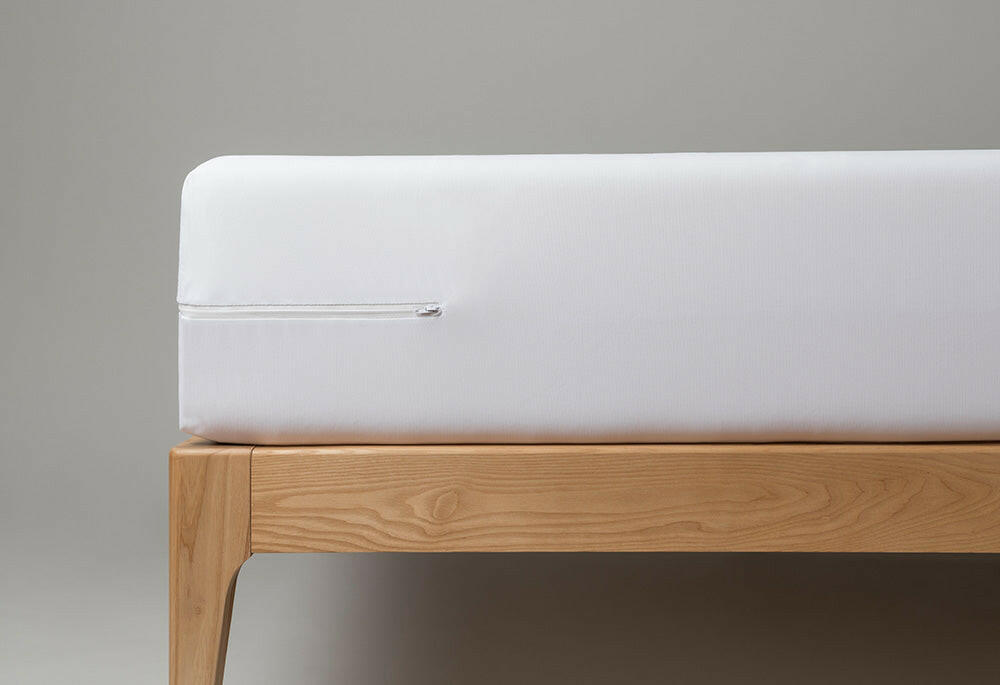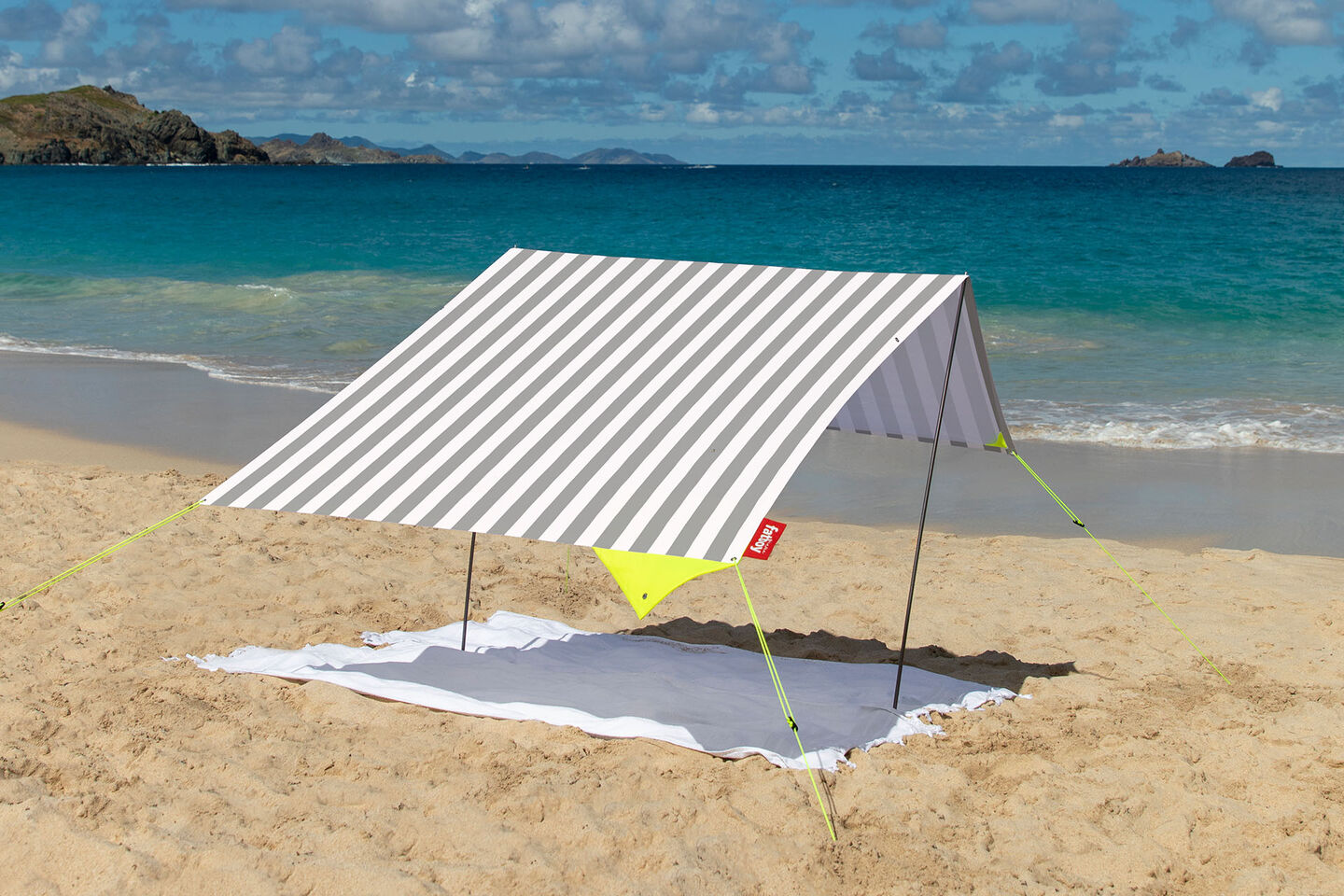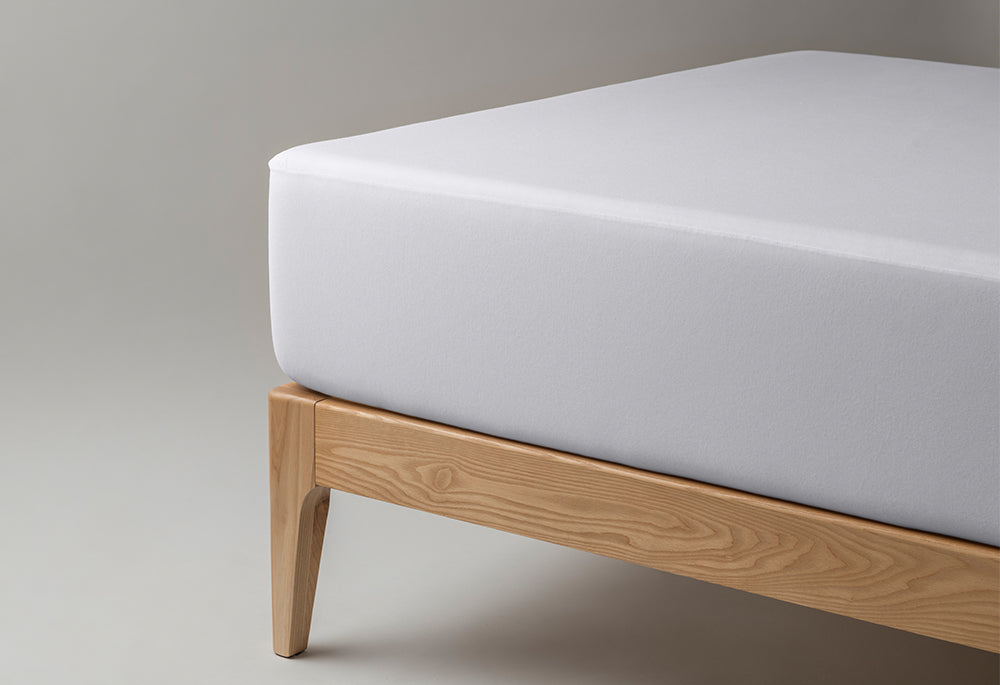Safe online shopping
Online shopping is here to stay, there's no doubt about it. According to Dibs, Norwegian online shopping turnover was 144.8 billion kroner in 2018 – in comparison, it was 78.1 billion in 2015. But there are both dishonest and bad online stores out there, so it's important to take some precautions before shopping in an online store you haven't shopped with before. We've put together some tips on what to look for when shopping online, to reduce the risk of making a bad purchase.
Norwegian online store?
If it is a Norwegian online store, then that is of course a big plus. Norwegian online stores comply with Norwegian regulations, such as the Consumer Purchase Act, the Right of Withdrawal Act, added value and the like. For example, the prices on a foreign online store can be a bit misleading if, for example, they do not state value-added tax (popularly called VAT). If you then shop for more than 350 kroner, you may get a surprise bill when you pick up the package. Whether an online store is Norwegian or not can often be seen on the online store's "about us" page, or you can look up the company in the Brønnøysund Register ( www.brreg.no ).
Language
If there is poor grammar and language on the website, or it gives the general impression that the entire page has been translated in Google Translate or similar, this is often a sign that the online store is not serious. As a serious online store, it is a golden rule that the grammar and language on the page should be good.

There are easier ways to communicate, but language is important for good communication!
Check if you can find the contact information
The Right of Withdrawal Act requires online stores to provide information such as geographic address, email address and organization number. The latter in particular can sometimes be a bit difficult to find, but if you can't find any of these, you should think twice before proceeding.

Contact information may be well hidden or non-existent on a less serious online store.
Check the company's reputation
It is always smart to look at reviews before you shop in an online store. These can be customer reviews in the online store itself (product reviews), Google reviews, Facebook reviews and the like.

Check the online store's customer reviews - it often gives an impression of what kind of company you are dealing with.
Check the terms and conditions
This can vary a lot. Online stores can have very different conditions for example delays, cancellations or returns, especially those outside the EU/EEA. This is the agreement between you and the seller, so make sure you accept it.
Check total price
Compare prices with competing online stores. But be sure to include shipping, fees and taxes, so you get the real purchase price. The easiest way to do this is to add the item to the shopping cart and continue, without completing the purchase. If there is nothing about VAT, you must add it. If you are going to import something, you can check the Norwegian Customs import calculator here .
Choose secure payment
Choose a secure payment solution that you are familiar with (Klarna, Vipps, PayPal or similar). A tip is to use a credit card when paying, then you can also claim the money back from the bank if you do not receive what you ordered - provided that you have first complained to the seller.

Credit cards can be smart to use, as you have the option to claim your money back from the bank if you can't get through to the seller.
Complaint
Complaint to seller
If you want to complain about the product/purchase, step 1 is always to complain to the seller. It pays to do this in writing to reduce the risk of misunderstandings and to be able to prove that you have complained within the deadline. If you are unable to reach a conclusion with your complaint to the seller, you also have a couple of other options:
Norwegian online store
Complain to the Consumer Council here .
Online store in the EU/EEA
Complain to Consumer Europe here
Online store in the USA
Complain to the Better Business Bureau here
In countries other than these, you will need to check the complaint options, there may be a risk that the money has been lost. As mentioned above, you can claim the money back from the bank if you have purchased the goods with a credit card ( read more at the Danish Consumer Council ).
It's best to try the product in the store first, right?
Some industries struggle with online shopping as a result of this argument. A good example is the sale of beds. Most people would rather try a bed before they buy. This is completely understandable, but it is good to remember that if you are going to test a bed and how you sleep in it, there is extremely little value in lying in a bed in a department store for 5-10 minutes, fully dressed in clothes and shoes. If you want to find out whether a bed is good enough for you, you have to sleep in it for at least one night, and that is not so easy to do in a department store or in a store. Many online stores have good descriptions and various guides that help you choose the right one. In addition, you can use the right of withdrawal (minimum 14 days - often more) if the item is not the right choice for you. Many online stores also offer free mattress replacement if you are not satisfied, so you do not have to send large beds in a hurry. Many players in the clothing industry like to have free shipping and free returns, so you can literally use your bedroom at home as a fitting room. We clearly see that serious e-commerce players are adapting to their customers and the market, where the goal is to make online shopping as seamless and easy as possible for customers.











